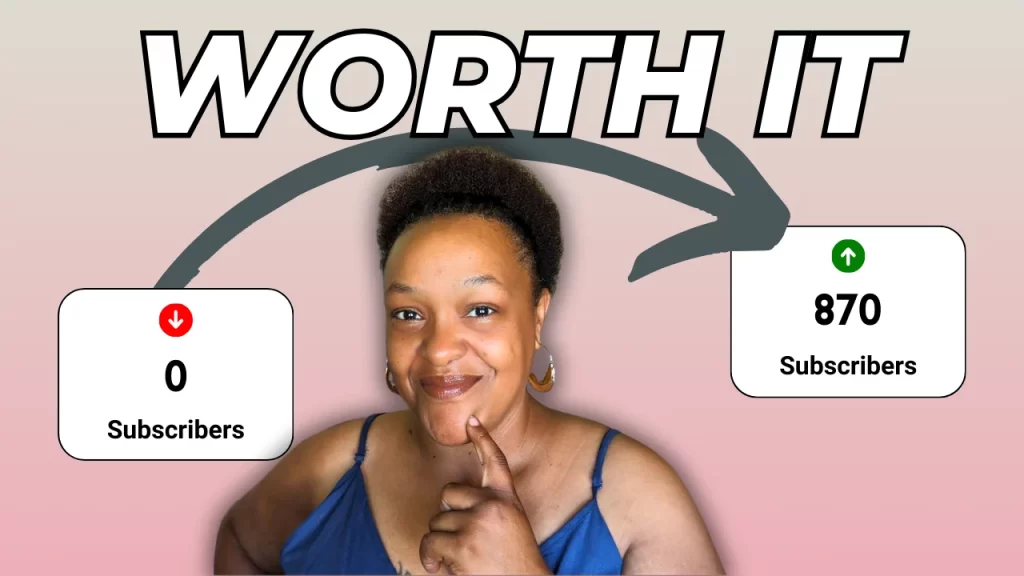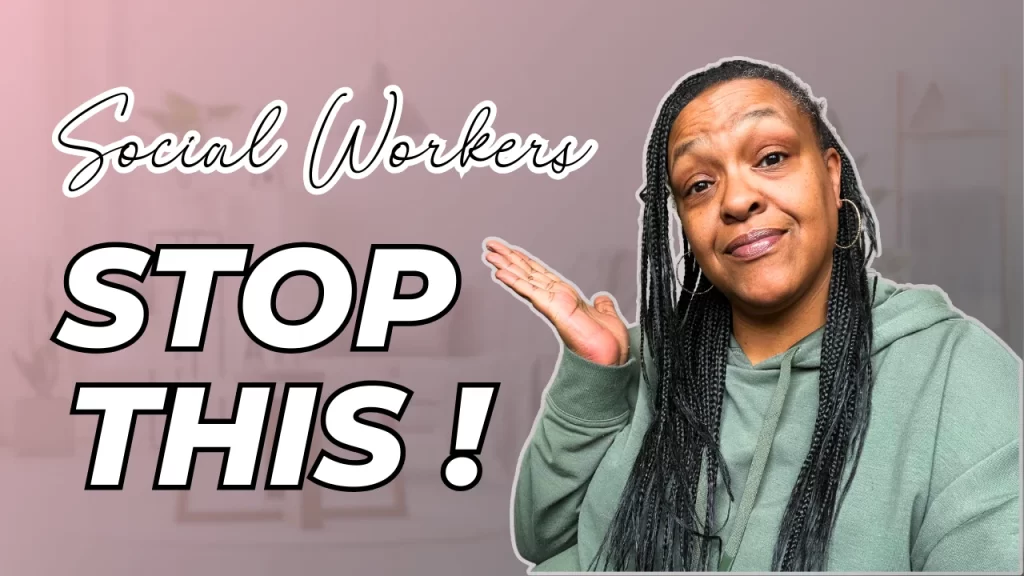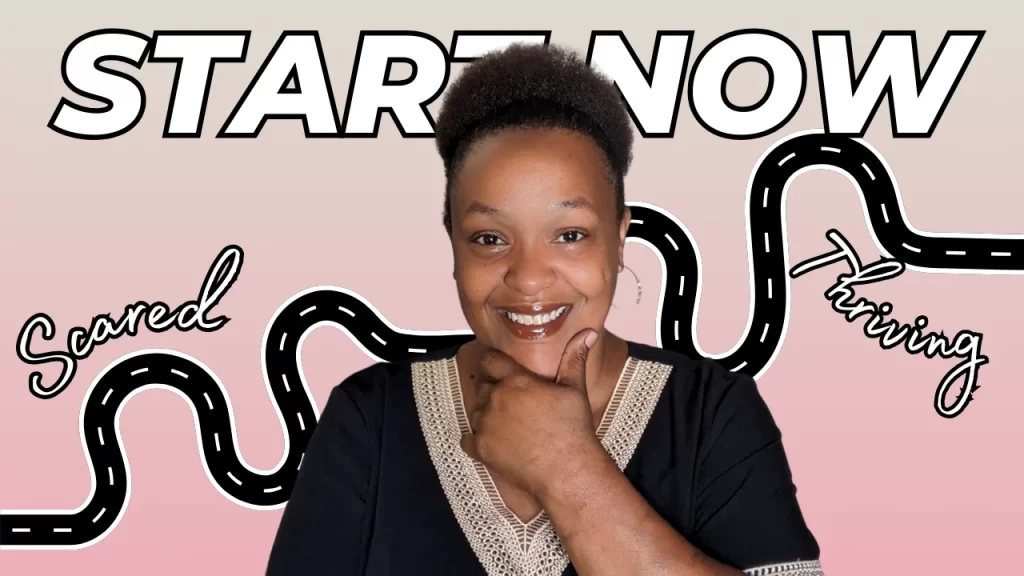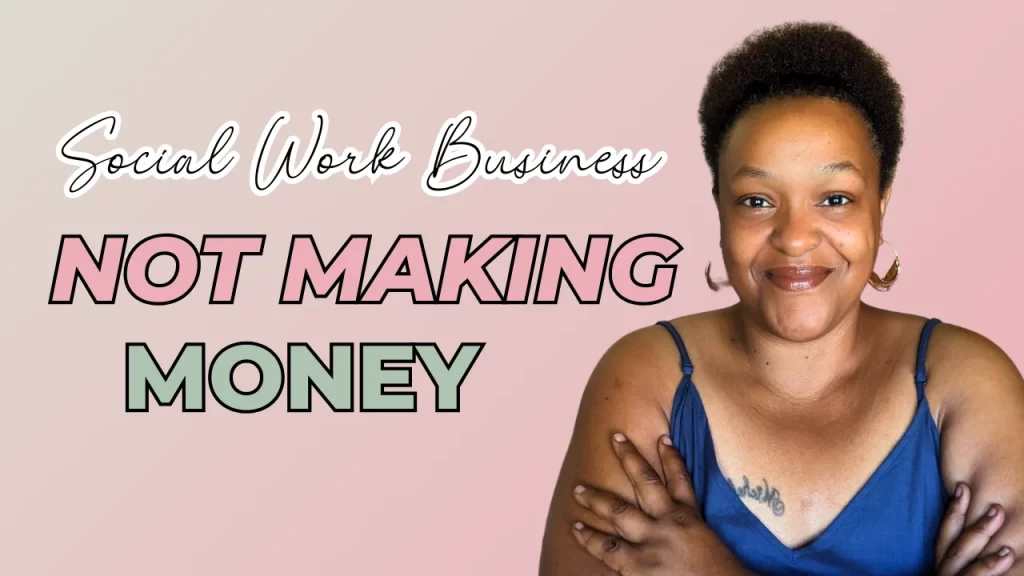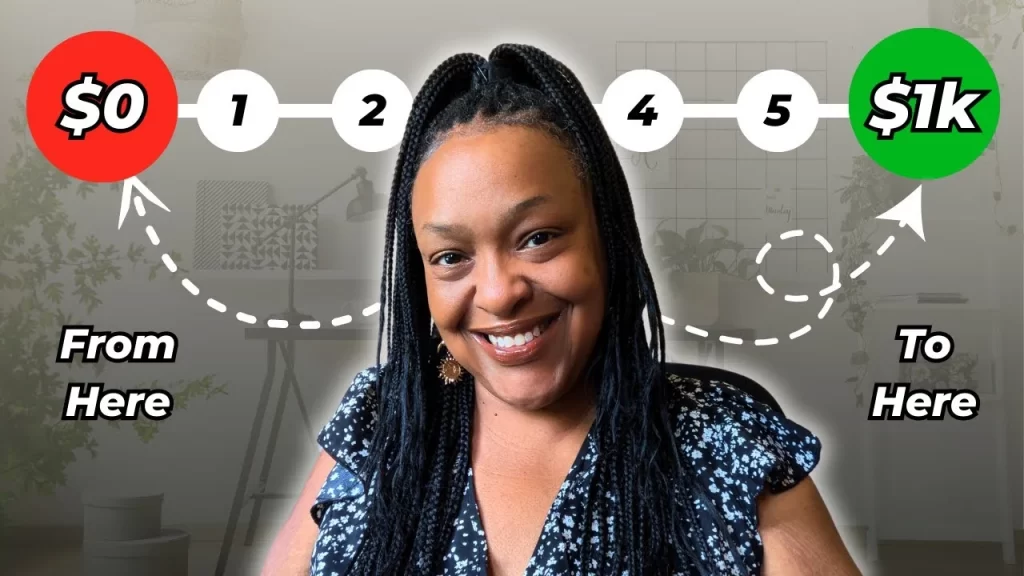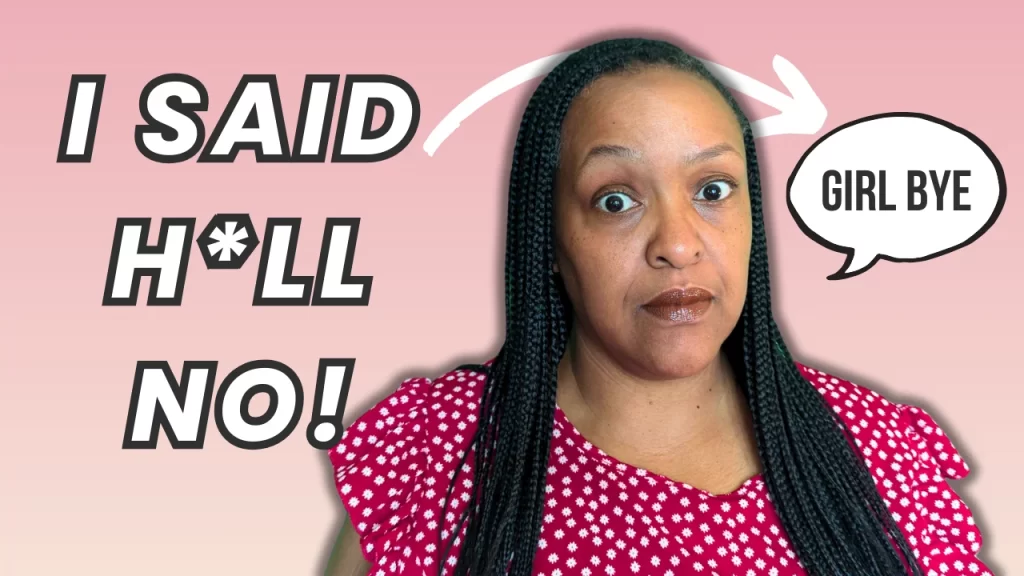How YouTube Changed my Social Work Business (with less than 1000 subs)
Sis, I’m Living Proof… Listen. If you’ve ever thought, “Ain’t no way I can grow my business on YouTube without thousands of subscribers,” I’m here to tell you — you’re dead wrong. How do I know? Because I am the receipt. The walking, talking, thriving testimony that says otherwise. I grew my social work business using YouTube with less than a thousand subscribers, and baby, it works. Let me break it down for you. Why I Started My YouTube Channel (And Why It Was a Struggle at First) Let’s rewind. I started my YouTube journey out of pure desperation — not for clout, but because the kid couldn’t sell a thing. I had digital products, services, offers that I knew could help people. But chile, every time I tried to push them? Crickets. I’d make a sale here and there, but it wasn’t consistent, and it sure wasn’t sustainable. Hustling for a couple of dollars every week wasn’t cutting it. I needed a better way to get the word out — one that didn’t leave me feeling drained and defeated. Enter: YouTube. Now listen, I had doubts. I really thought, “The market is too saturated. Social workers aren’t on YouTube like that. Nobody’s gonna watch my videos.” And I’ll admit — I was half-ready to give up before I even hit record. But something told me to stop second-guessing and start uploading. Fast-forward to today: I’m generating leads, growing my community, selling my offers, and building my brand — all while rocking under 1,000 subscribers. You want to know how? I got you. Let’s get into these five powerful ways YouTube grew my social work business — no paid ads, no influencer status required. 1. YouTube Brought Me a Steady Stream of Qualified Leads (Even While I Wasn’t Posting) First things first — I need y’all to understand the magic of qualified leads. These aren’t just random folks scrolling through, wasting time. These are people who need what you offer and are actively looking for someone like you to help them. Before YouTube, I was out here doing all the things: tabling events, networking meetups, speaking engagements. And let me be real — those things were cute and all, but they were exhausting. You hustle hard, spend your time and money, and come out with maybe one or two connections. Maybe. But once I got consistent with YouTube? I had leads rolling in like clockwork. And the best part? I wasn’t even actively promoting. At one point, I took a break — real life was lifing — and I didn’t post any new content for months. But guess what? Those older videos kept working for me. Yes ma’am — even when I was on pause, my business was still moving. That’s the beauty of YouTube: it’s a search engine. People can find you weeks, months, even years after you post. Unlike Instagram or TikTok, where your content vanishes in a day, YouTube content keeps producing results. 2. My Channel Got Me Customers — Not Just Viewers Let me set the record straight: views and subscribers are cute, but they don’t pay the bills. You don’t need a viral video to make impact or income. What you need is alignment — and when the right people watch your videos and say, “This is who I need,” that’s when the magic happens. I’ve had folks watch my content, binge a few videos, and then slide right into my DMs or email like, “Sis, how do I work with you?” THAT’S the goal. People don’t just find my content helpful — they trust me because I show up with value, authenticity, and a little sass. And let’s be clear — trust sells. To date, I’ve had about 27,000 views on my channel. That may not sound like much in YouTube land, but baby — that’s 27,000 opportunities for someone to find me, connect with me, and say yes to working with me. And plenty of them did. 3. YouTube Expanded My Global Reach (With $0 in Ads) One thing I love about YouTube? Global exposure without the global budget. Honey, I wasn’t running ads. I wasn’t throwing money at boosted posts. I was just uploading content that solved real problems and sharing it with real people. And boom — next thing I know, folks from all over the country (and even internationally!) are finding me, watching my videos, and asking how they can work with me. That’s the power of using the platform strategically. YouTube is owned by Google, which means your content is indexed in search. If someone’s looking up “how to start a private practice as a social worker” or “marketing tips for social workers,” and your video pops up? That’s organic traffic, baby. Free exposure, long-term gain. 4. My Community Grew — On and Off YouTube Because of my YouTube channel, I was able to build something special — the Social Work Mogul Community on Patreon. This isn’t just a passive follower count. These are real people paying to be part of a space where we uplift, learn, and build together. Inside the community, we host watch parties, book clubs, and my personal favorite — beta testing courses. When I was working on a new course offering, I didn’t have to guess what folks needed. My community gave me real-time feedback. That helped me improve the course and made them feel invested in the journey. Without YouTube? None of that would’ve happened. The platform gave me visibility, but more importantly — it gave me connection. 5. YouTube Forced Me to Show Up Authentically — And That Built My Brand Let me tell you something: you can’t fake it on camera for long. Eventually, the real you shows up — and that’s exactly what people want. Folks are tired of curated, overly polished content. They want realness. They want heart. They want someone they can relate to, laugh with, learn from — and trust. When people watch my videos, they
How YouTube Changed my Social Work Business (with less than 1000 subs) Read More »
